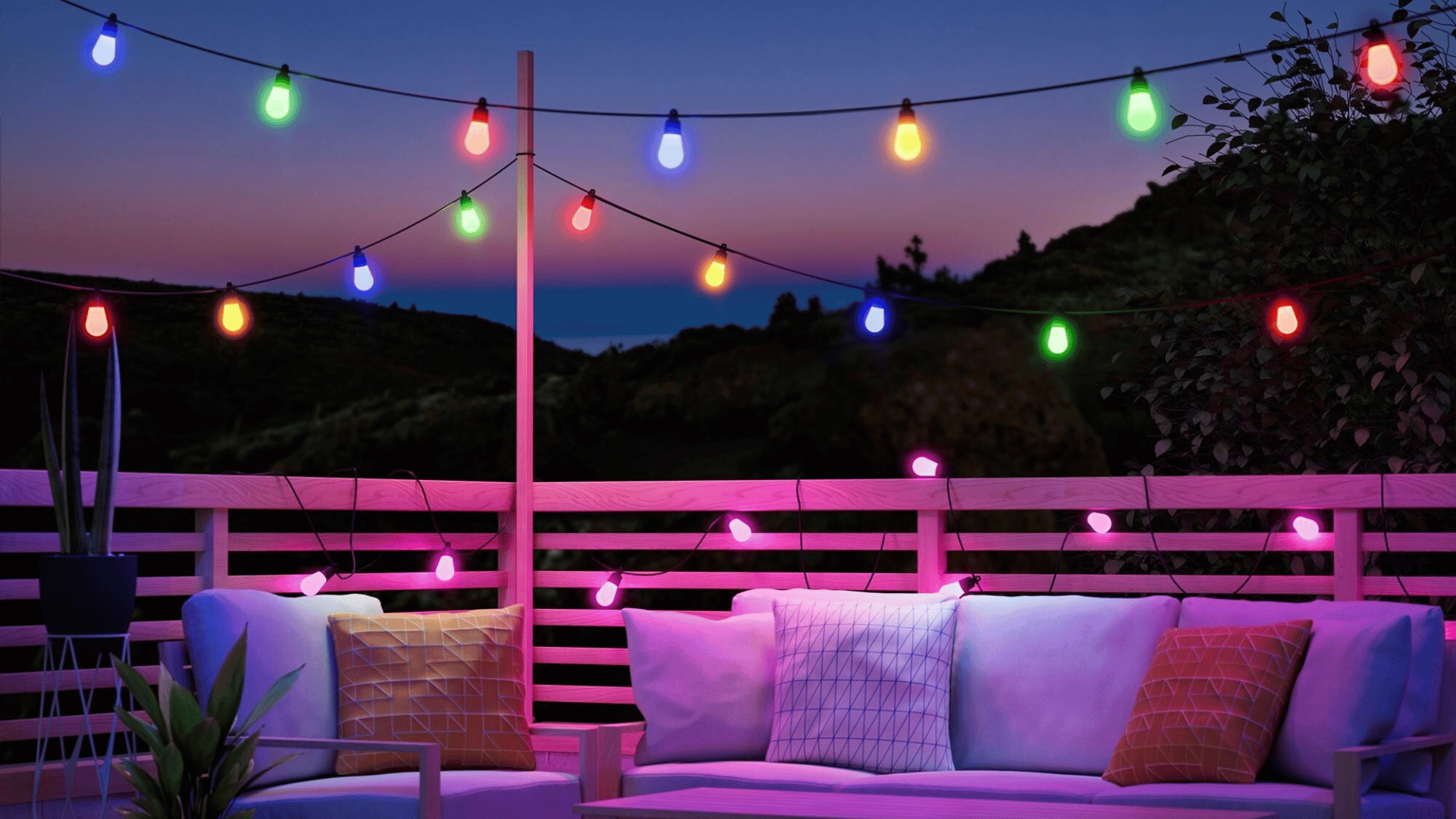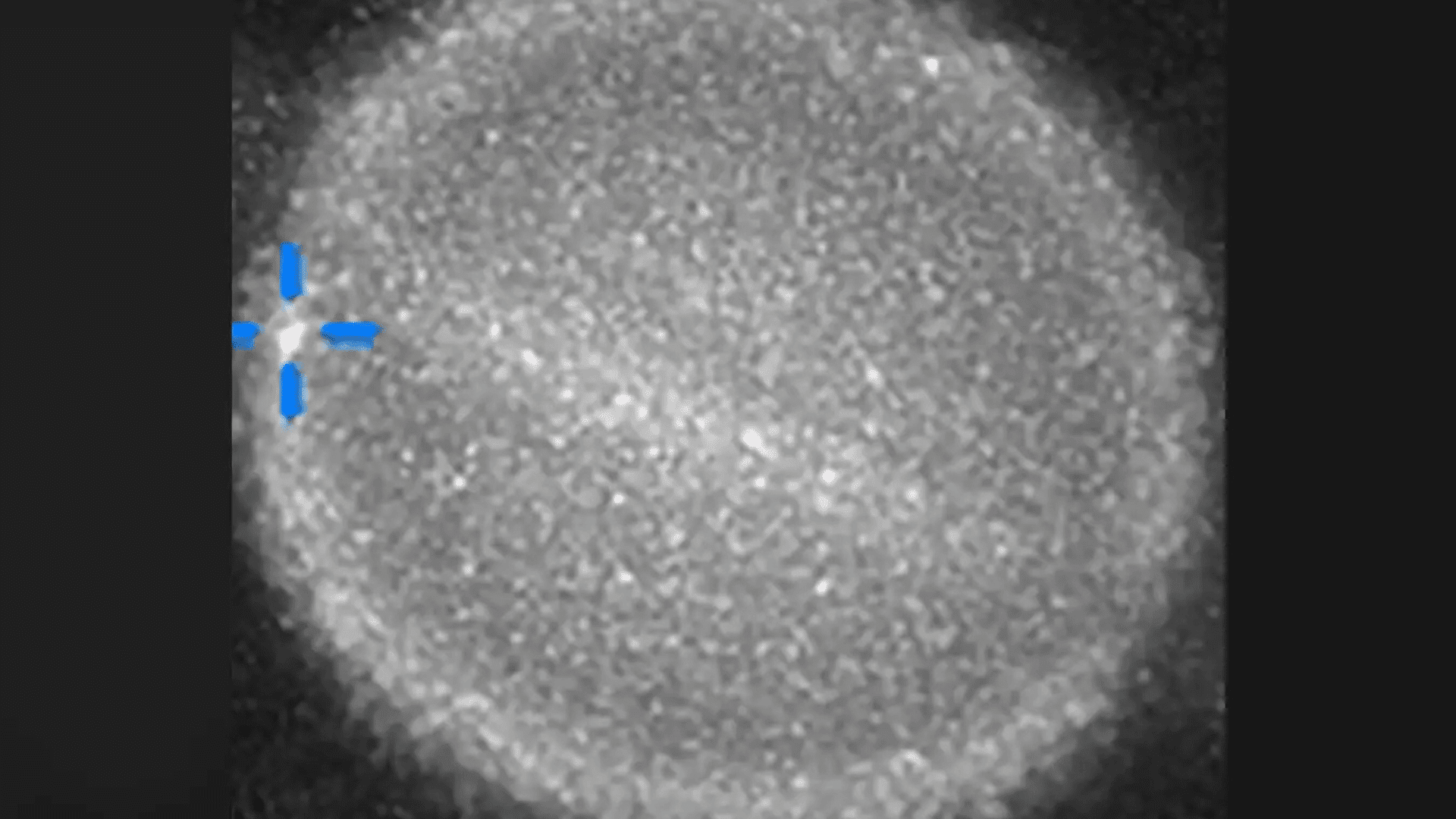The Lady Bird Johnson Wildflower Center’s mission is to inspire the conservation of native plants through its research, demonstration projects, education programs, and the development of national-scale programs to promote sustainable landscapes.
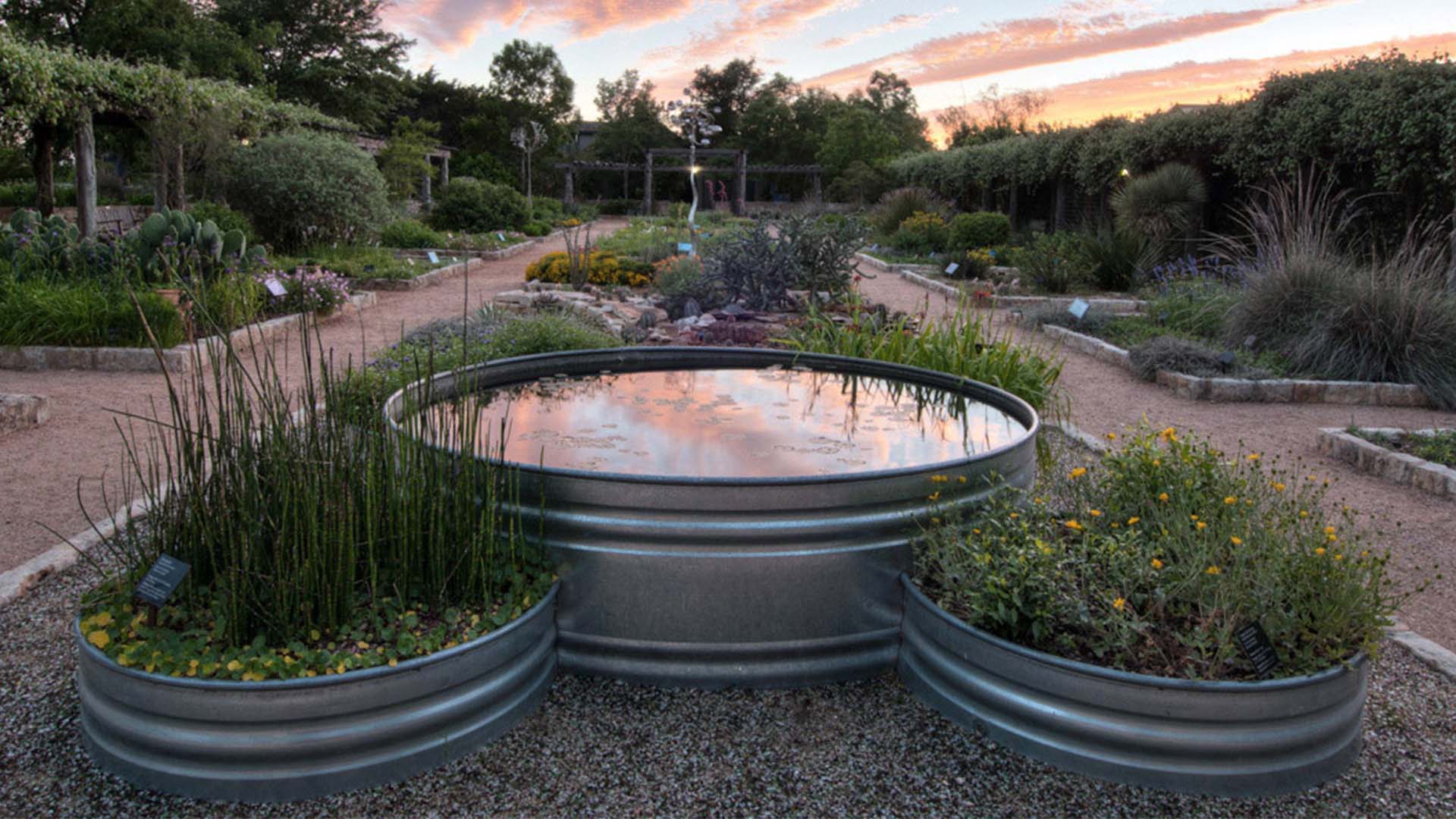
About the Center
The 284-acre facility is a mix of gardens, an arboretum, managed natural areas, and wildlands between the Edwards Plateau and Texas Blackland Prairies ecoregions. It’s also home to nearly 900 species of Texas native plants that have either been cultivated or grown at the center naturally. The site also includes a diverse animal population including 1,800 insect species, 148 bird species, and 15 mammal species.
The facility includes 9 acres of cultivated gardens, the 16-acre Mollie Steves Zachary Texas Arboretum displaying more than 70 species of native Texas trees, and 76 acres of plots dedicated to long-term research on fire and land management. Additional sections of gardens include the Hill Country Trails (seventy acres devoted to land management research), Savanna Meadow (where visitors can hike and learn about karst landscapes and the Edwards Aquifer), and the Family Garden (which connects families to nature with interactive features).
Research & Sustainability
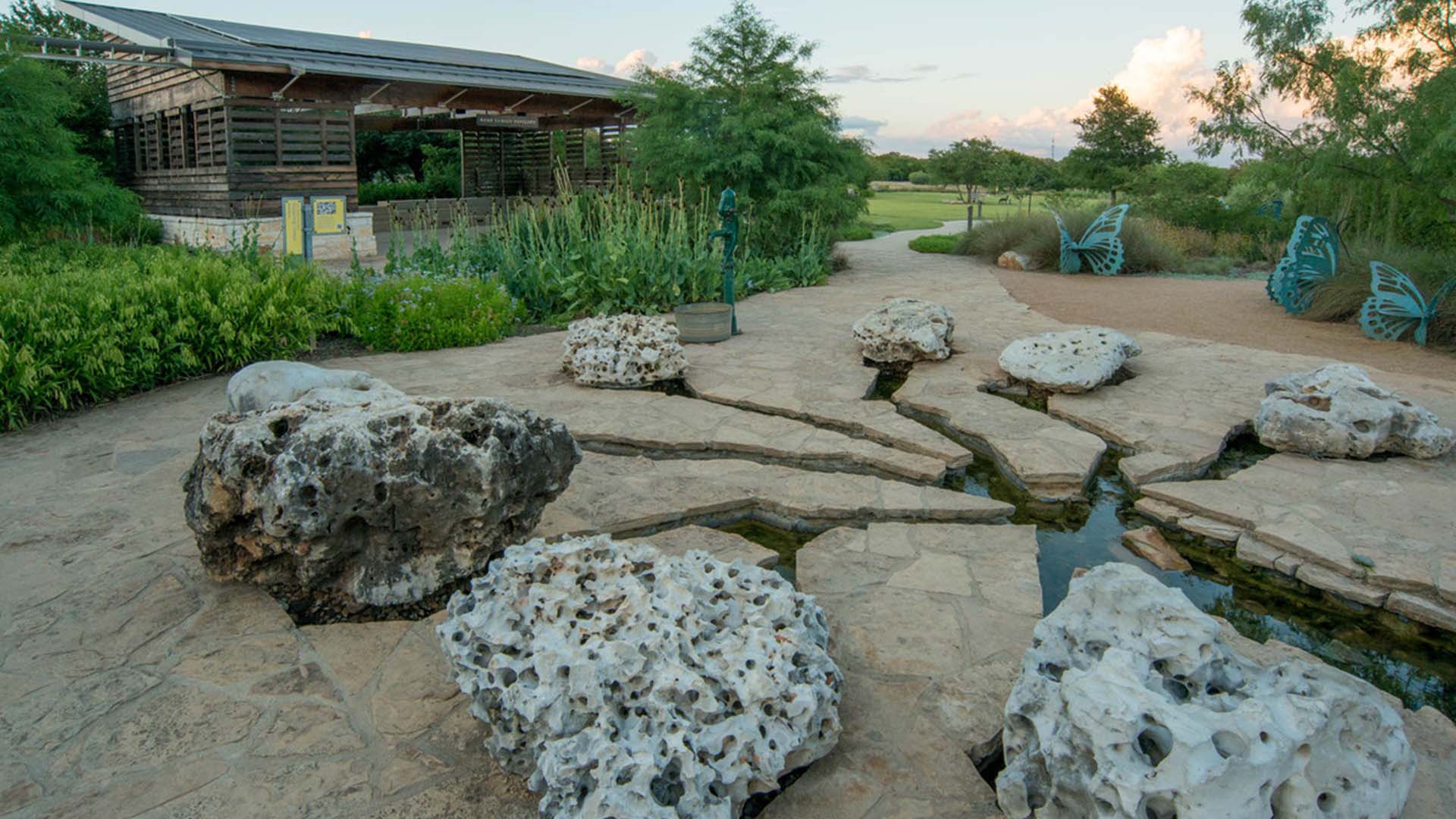
The wildflower center operates sustainably with a 65,000-gallon rainwater storage system. The facility has an efficient low-flow landscape irrigation system, solar arrays for power generation, and the use of local materials harvested on-site and nearby. The buildings and hardscapes were constructed with locally harvested stones and the style reflects regional architecture.
In addition to planting and upkeeping their gardens, the Lady Bird Johnson Wildflower Center is also part of the University of Texas at Austin’s College of Natural Sciences and has historically supported internal and external basic and applied research. Their research focuses on using native plants to address environmental problems such as water scarcity, ecosystem health, and climate change.
One major accomplishment of their research program was the development of a new type of native turfgrass that is a resilient and water-saving alternative to commonly used turfgrasses. Their research on green roofs also led to their patented SkySystem™, a planting medium developed specifically for growing native plants on roofs in hotter climates.
Nature & Art-Inspired Events
There are also a variety of nature-inspired activities and events offered by the Lady Bird Johnson Wildflower Center. The facility, for example, offers a variety of events for gardening beginners such as their series titled “Easy Spring Gardening” where a professional gardener, such as Wildflower Center horticulturalist Leslie Uppinghouse, walks participants through the basics of native plant caretaking.
Kids can also get inspired at Texas’s State Botanical Garden and Arboretum with events such as “Nature Nights” where families can enjoy the plants for free after-hours. Guests can take a guided walk to learn about pollinators and plants, plant a seedling in an eco-pot, discover how many pollinators it takes to make a banana split, and speak with representatives from organizations like Austin Parks & Recreation, Keep Texas Beautiful, and Girl Start to learn about careers for outdoor enthusiasts.
Running through May 2023, the Lady Bird Johnson Wildflower Center is offering an event titled “Bruce Munro’s ‘Field of Light’”. Highly acclaimed British artist Bruce Monroe’s show displays 28,000 vibrant solar-powered, fiber-optic light pods throughout the gardens. The exhibition creates an immersive experience by celebrating the natural topography of the landscape. All of the materials used for the exhibition are sustainable and highly recyclable, and the ‘low lumen’ light spheres are designed to produce the lowest amount of light pollution possible.
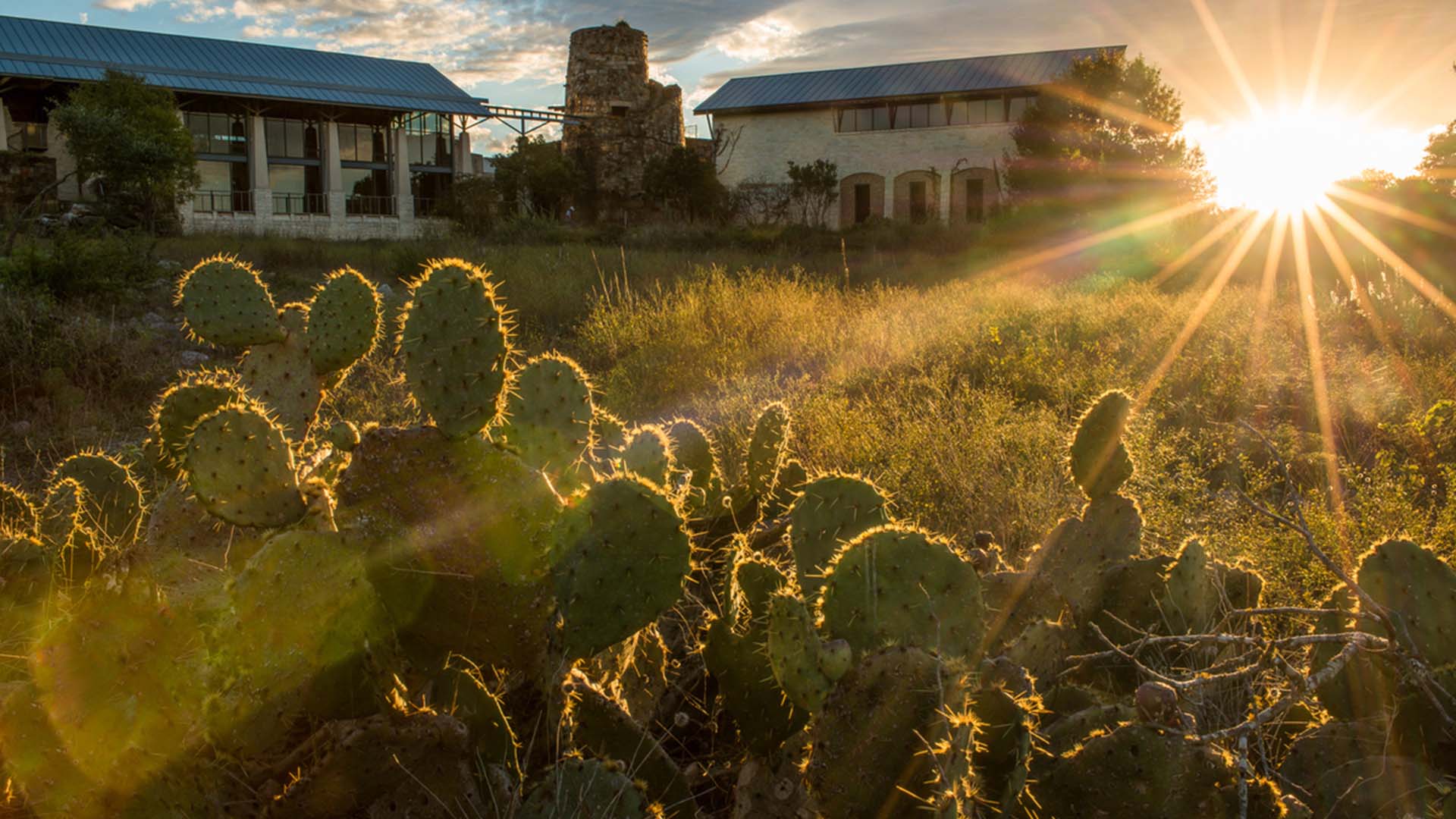
Further combining nature and art, the Lady Bird Johnson Wildflower Center offers several art-inspired events including “Bluebonnets in Alcohol Inks”, where artist Andrea Patton teaches participants how to create two bluebonnet paintings on NARA paper using alcohol inks. They offer activities with a variety of different styles of art and skill levels, also including “Spring Wildflowers and Watercolors” where participants learn the basics of watercolor painting and tricks for botanical artwork.
With 13,000 members and more than 200,000 guests annually, we hope organizations like the Lady Bird Johnson Wildflower Center will continue inspiring tomorrow’s world.






